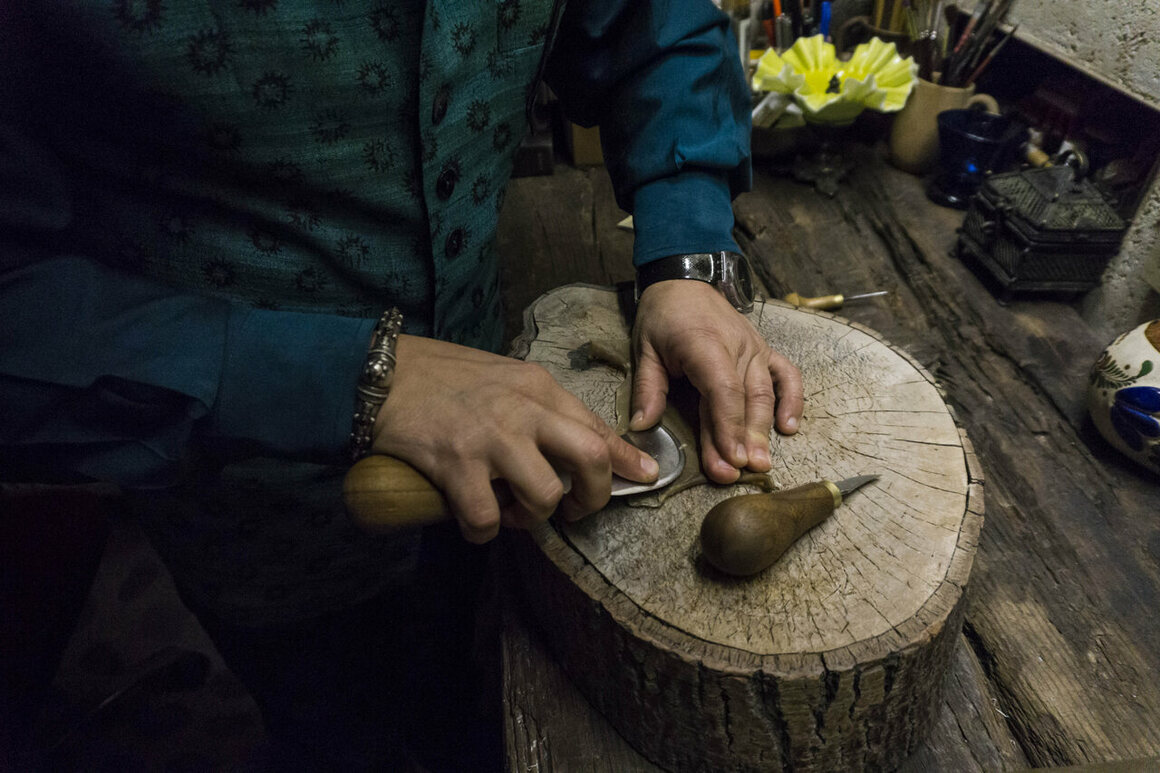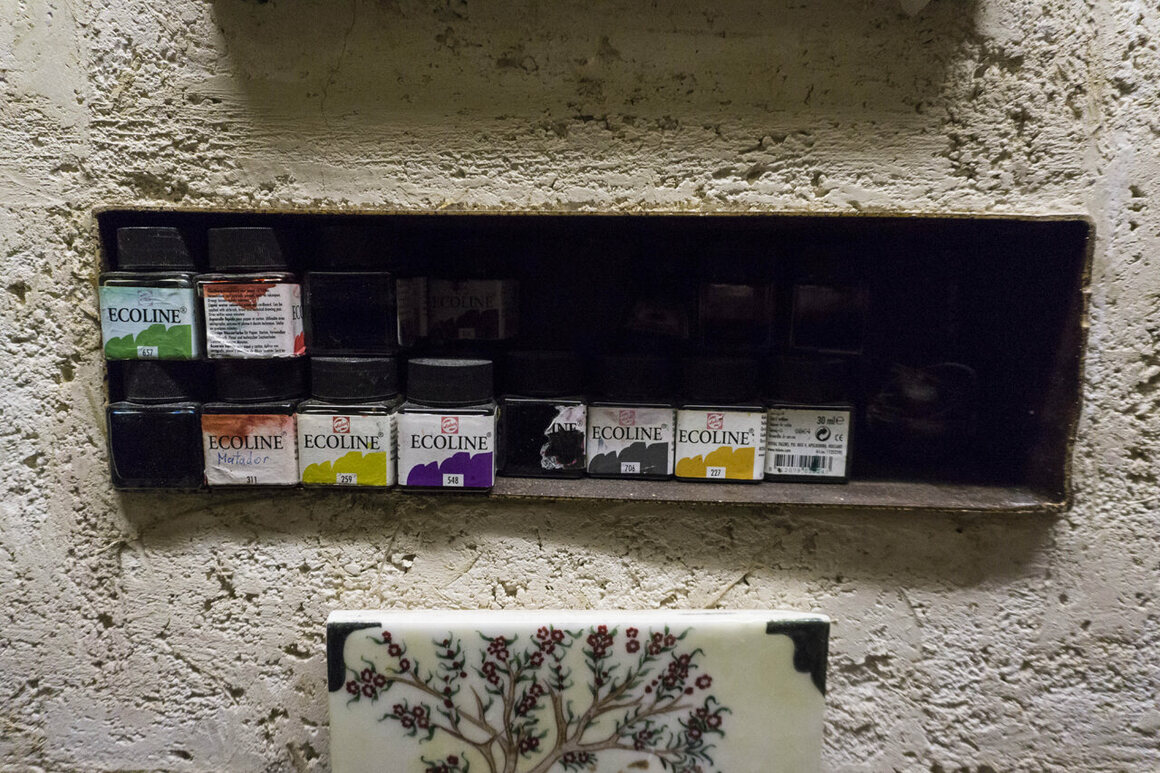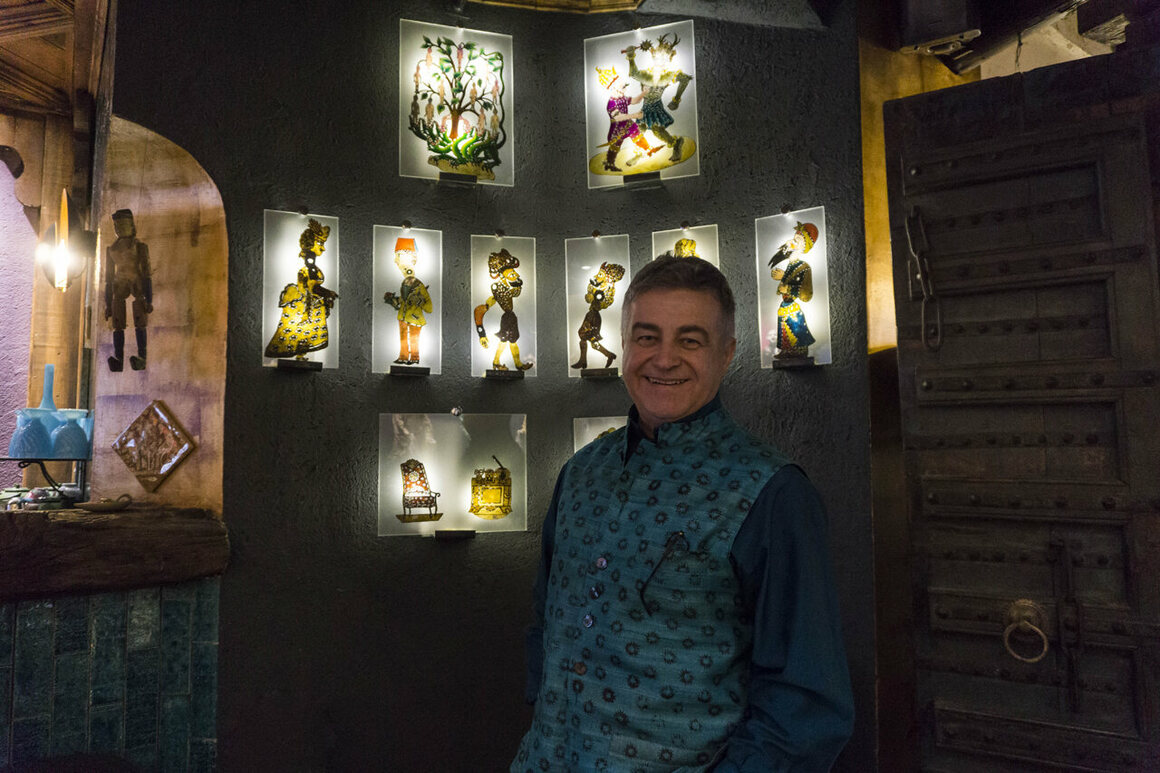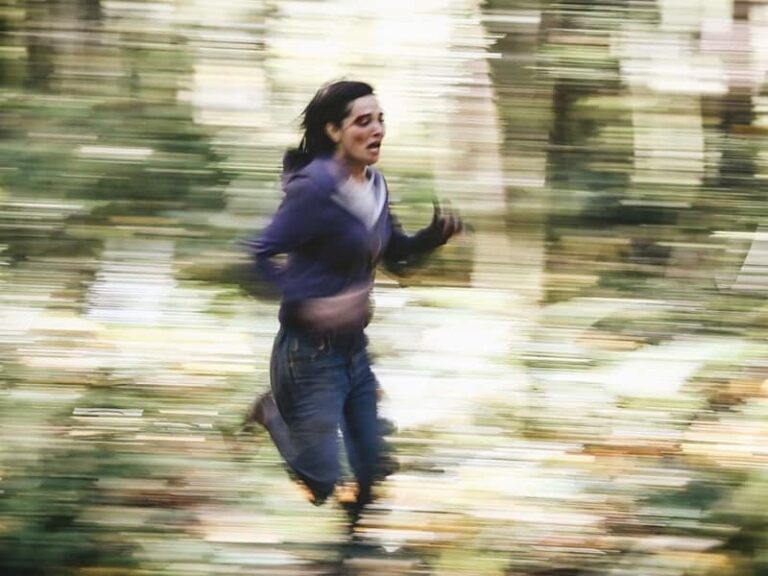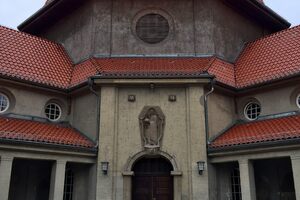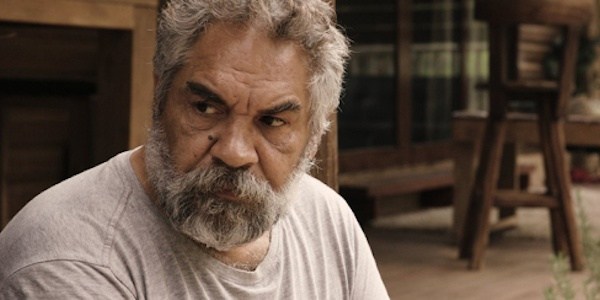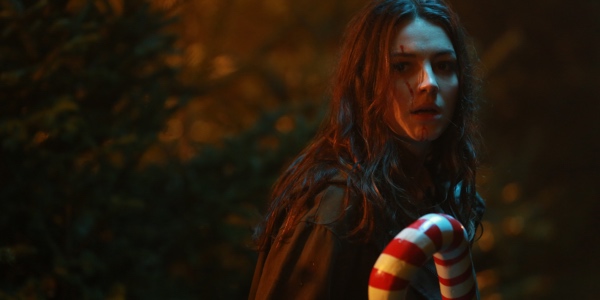Istanbul’s Master of Puppets Is on a Mission to Save an Ancient Art
Cengiz Özek sits at his desk in the dimly lit back office of his shadow theater near Taksim Square in central Istanbul. The theater is one of the last in operation in the city. He holds a piece of camel leather, a transparent sheet of paper with some sketches on it, and a small cutter. In front of him, lining a small recess on the wall, are bottles of pigment that he will use to create a tasvir, or jointed puppet made from leather. In this tiny room, Özek, one of the most influential contemporary Turkish puppeteers, is constantly working on new characters, hoping to appeal to a younger audience, and reinvigorate the disappearing culture of Turkish shadow theater.
“There might be around 50 people, more or less, who do shadow theater in Turkey today, but only five or six of them are real professionals who are completely dedicated to it,” says Özek while he works on a figure of Karagöz, the most famous figure in Turkish shadow theater—so famous is the character that the genre itself is often called Karagöz.
The concept of shadow theater came to Turkey during the 16th century, when the Ottomans conquered the sultanate of Egypt. Ottoman sultan Selim I defeated the Mamluk dynasty and attached Egypt to his empire, capturing Tuman bay II, the vanquished sultan, and hanging him in 1517. To win the victor’s favor, a Mamluk puppeteer portrayed the hanging during a shadow theater performance. Selim the Grim, as he was also known, was so pleased by the grisly show that he brought the puppeteer to his court. Soon after, shadow theater became popular throughout the Ottoman Empire, with performances based on social events, daily life, politics, and romance.
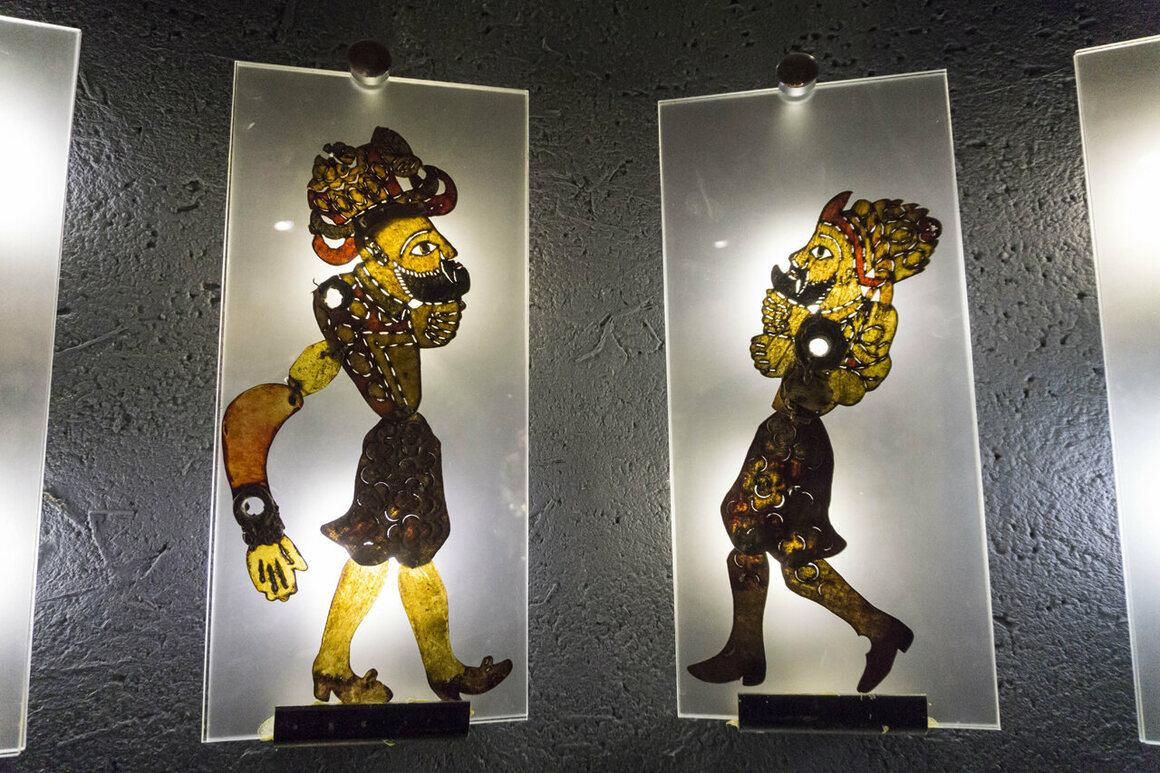
“All the old puppeteers originated from Istanbul. Of course, it is also performed in Bursa, and other cities in Turkey as well, but this art form started from Istanbul,” says Özek, also a native of the city. “The pashas and regional rulers had puppet masters, among other artists, under their rule, so from Istanbul [and today’s Turkey], it has also travelled to the Balkans, Middle East, North Africa, wherever the Ottoman Empire extended at the time,” he adds.
Shadow theater is considered to be one of the oldest forms of Turkish art, and in 2009 was designated by UNESCO as intangible cultural heritage. “When the Mamluk art came to Istanbul and met with the existing Turkish art, it was transformed into Karagöz that we know today,” says Turkish shadow theater researcher Aziz Murat Aslan.
The tradition centers around the characters of Karagöz and Hacivat, who appear in all of the stories. The close friends find themselves in difficult situations, whether adventures or everyday problems, which they overcome with their wits and humor. Karagöz is from a lower class, while Hacivat is educated and refined. “The two characters capture all classes of Turkish society,” says Aslan.
The origin story of the famous duo is uncertain, says Aslan, but the most widely known version centers around a gruesome event during the Ottoman era. According to the legend, Karagöz and Hacivat were real people, working on the construction of a mosque in Bursa, in northwest Turkey. Their satirical sketches and gross-out jokes, some of which were about the political system, entertained—and distracted—their coworkers enough that they delayed the building project. As a result, the story goes, the pair was executed. Construction of the mosque was completed without them, but their friends gave them new life by adapting them to shadow theater. A monumental “tomb” commemorates the two characters opposite a museum in Bursa that’s dedicated to the art of shadow theater.

In Istanbul, Karagöz plays were once performed in open spaces and in coffee houses around the city. The lead puppeteer—hayali in Turkish—set up a small, scaffold-like construction of wood with a white sheet and a curtain to make the stage, backlit by a lamp. A performance required extreme multitasking: The hayali manipulated two figures at a time, each with its own voice, while preparing the next puppets to arrive on stage and also fixing any malfunctions. “Sometimes the people call us crazy, because we are always speaking to ourselves and with different voices. But we have to keep our characters alive,” Özek says.
When Özek was young, the performance season peaked during Ramadan. “The people are fasting and as they wait for dinnertime, it’s some short entertainment, so we used to do performances every day,” he says. “These days it has decreased significantly. It is only performed for special events. People today are not interested in it as they were before. They have changed,” Özek says. Since 1998 he has organized and directed the annual Istanbul International Puppet Festival, which draws audiences from around the world to his hometown. But most of his audiences now are outside Turkey: He has performed in more than 50 countries and 150 cities around the world.
“Karagöz is very important,” says Aslan, who plans to publish a book on shadow theater. “Five hundred years ago it [served the same purpose as today’s] cinema, theater, literature, painting, sculpture. All those art forms are already synthesized in Karagöz. Many arts can die, but Karagöz never dies.”
Özek wants to open a Karagöz museum in the city, part of his plan to keep this art alive. He’s also developing new characters such as the “garbage monster,” which he hopes will catch the attention of children.
“We first try to attract them with modern characters that they know, and while they’re watching, suddenly we bring out Karagöz” Özek says. “We introduce him to them once again. When they watch it, they are satisfied, and we are happy as well. And like that, Karagöz survives in a way.”
